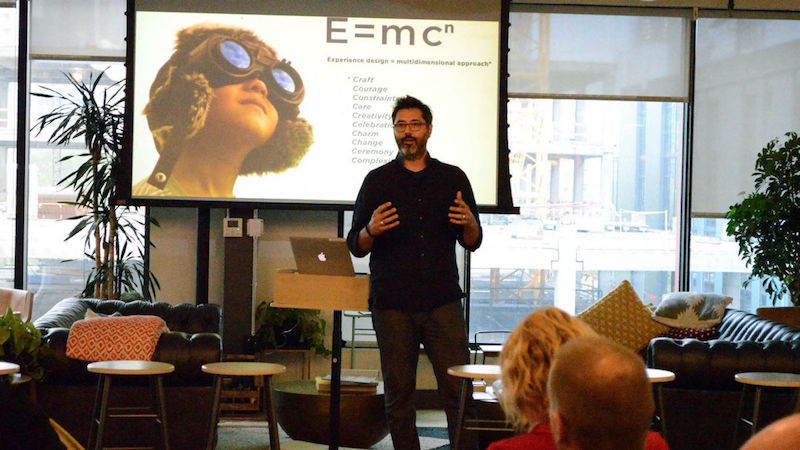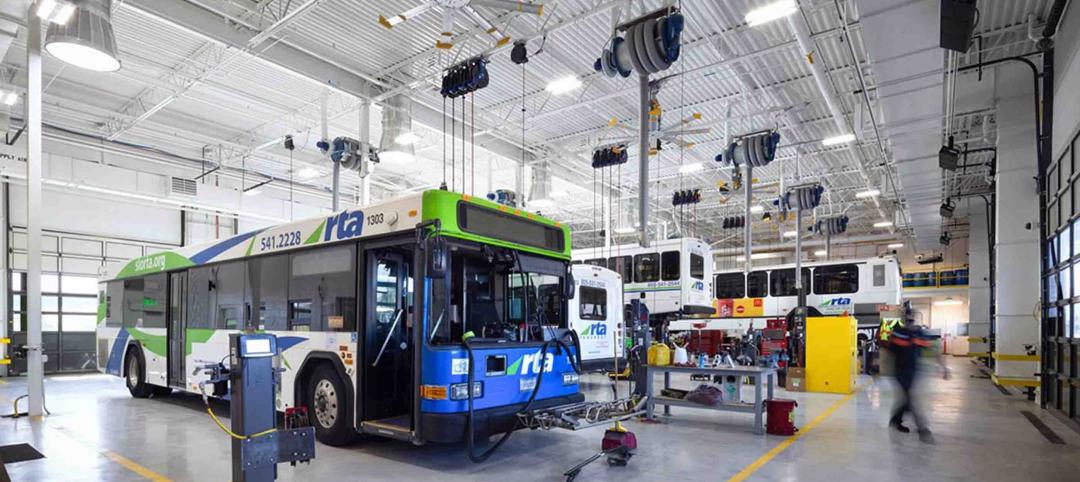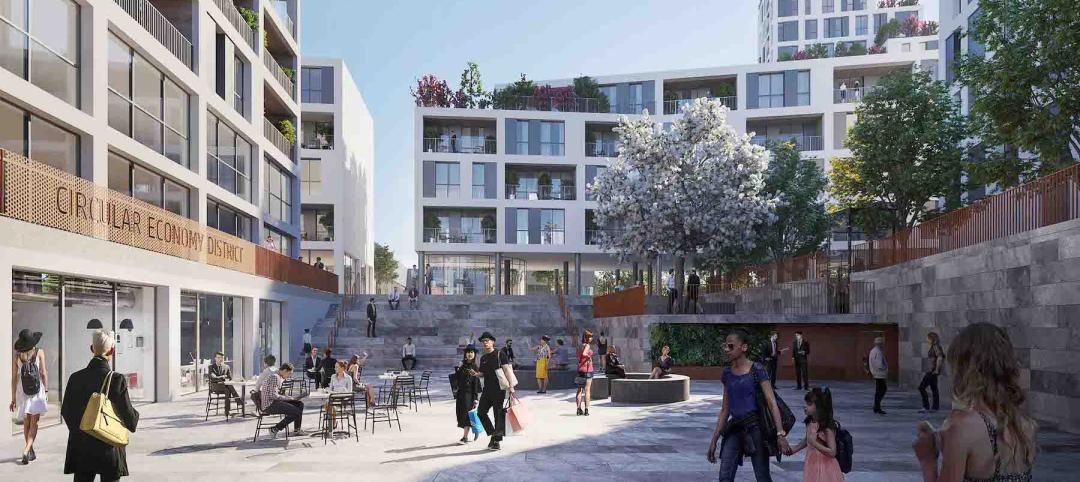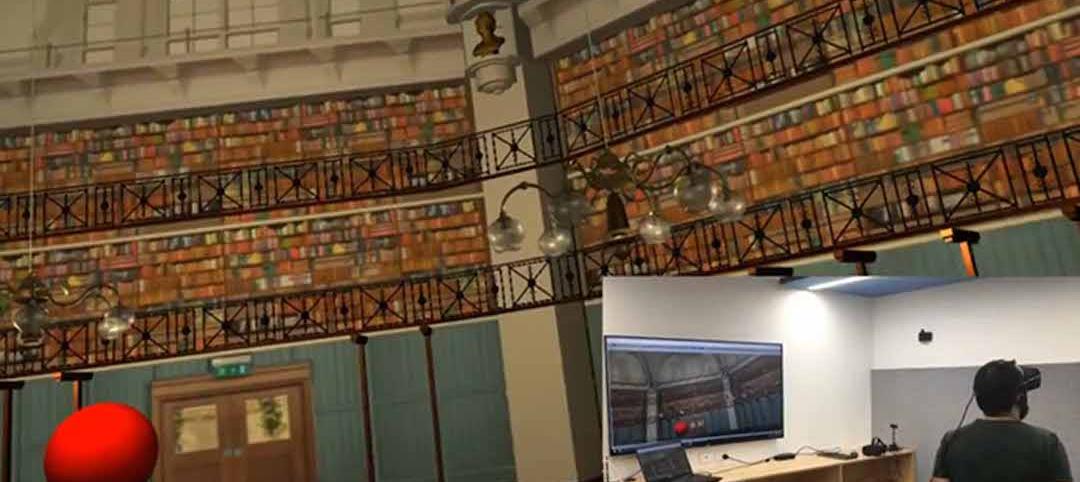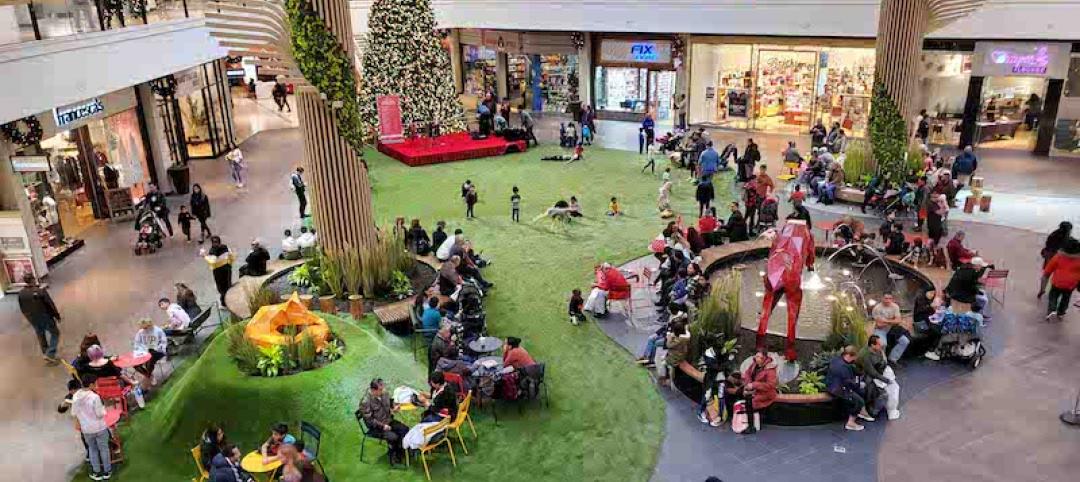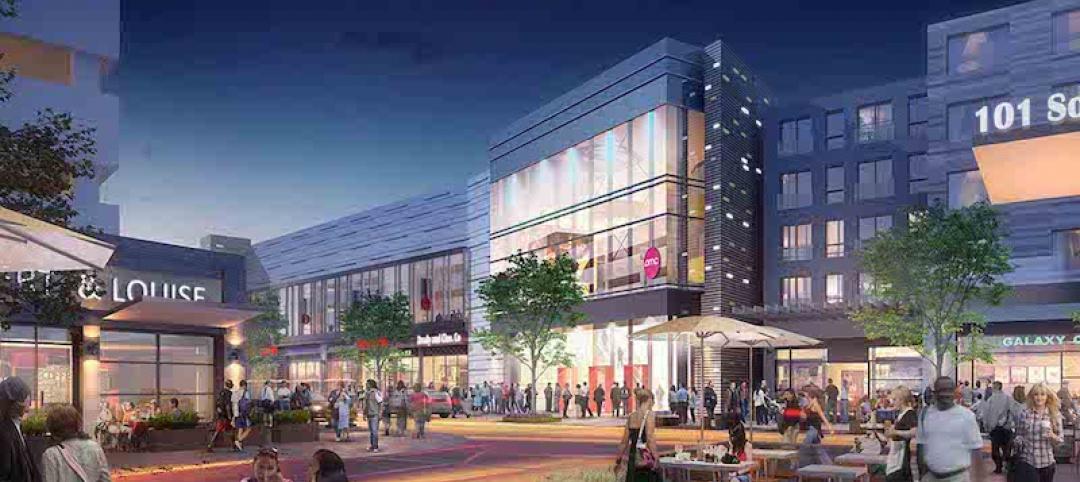The word design has evolved to have many different meanings in the last decades. It seems there is some new kind of “design” being born every year—from graphic and architectural to web, game, food, experience … and everything in between.
So what is design? Who are designers? And are there any common laws or rules than can unite the many types of design that exist?
My area of expertise is experiential design for buildings and communities. Basically, I use a wide array of disciplines—architecture, interior, graphic, and environmental design—to create places where people want to spend their time. Indoor skydiving facilities and mixed-used developments in cities are just a couple of examples of projects I work on. As new forms of design are born, my job changes with them to try to incorporate these new elements of our culture into the spaces I am working on. Because the evolution of design is such a big part of what I do, I was thrilled to be one of six panelists brought together at the recent General Assembly/We Work event in Denver, Colorado, to talk about how design permeates our lives and the similarities and differences across design disciplines.
So, let’s go back to those big questions. What is design? Who are designers? And are there any common laws of design? My fellow panelists included professionals who make their living in design worlds such as fashion, typography, user experience, and graphics. The consensus was that every decision you make during the day is a design choice, from where you put your cup of coffee in the car to how you choose the color of your kitchen or the furniture arrangement in your bedroom. However, few of the panelists argued that everyone is a designer. My view is that a designer is whoever can understand and codify the creative process and is able to apply it to different situations, markets, and clients.
Our discussion showed that no matter the design discipline, there are rules that can be applied to anyone who wants to create.
 The panelists at the recent General Assembly/We Work event in Denver, Colorado, represented a variety of design fields.
The panelists at the recent General Assembly/We Work event in Denver, Colorado, represented a variety of design fields.
1. Multi-dimensional approach
In a world that is constantly more complex, the most effective design approaches are the ones that prioritize multi-discipline thinking and solutions that link to a wider base than the problem called for. Here’s an example: Stantec worked on the experiential design for a 10,000-seat rugby stadium for the Austin Huns in Texas. We started talking about a stadium, but we ended up designing a mixed-use “place” that will attract rugby fans, families, wellness aficionados, entrepreneurs, and many other Austinites. The client came to us for our ability to design an experience, and by thinking outside the confines of a typical rugby audience, we created a design that reflects our client’s values and aspirations while attracting a wide spectrum of the Austin population.
2. Collaboration
Everyone on the panel seemed to agree that a “one genius” design solution is never complete. When design solutions incorporate input from a large team comprised of designers, users, clients, and other stakeholders, the result is more desirable. The increasing complexity of our culture demands more nuanced and multifaceted expertise than a single person can deliver. When we collaborate and listen, the end product is something that brings people together and gets them excited about a collective experience.
3. Listen to users
Being an active listener and observer is a virtue in life, and as a designer, it is one of those qualities that can really make a difference. “Listen to what the users do,” said Travis Stiles, one of my fellow panelists and the lead user experience designer at Denver software company Apto. This was a great point. Often users talk green but choose blue. Listen and observe, and the final results will be a more successful product that addresses real needs and not perceived or desired ones.
4. Attention to detail
Doug Wilson, a typographer and fellow panelist, showed a slide of famous brands such as Uber and Amazon but with altered fonts and asked the audience, “Would you buy a service from a brand like this?” A simple variation in font type and size can change the perception of a brand. The message is clear: attention to detail is something every designer should strive for.
5. Be experimental
Today’s digital tools allow any designer to explore solutions and iterate with unprecedented ease and speed. Architects can now use parametric software to generate many design options so they can come up with a more sophisticated end design. Industrial designers can use 3D printing to create multiple products prototypes easily and cheaply. Technology makes it easy to experiment. Embrace it! Exploration should be part of every design effort.
The laws of design, like design itself, are ever changing. Design thinking is migrating from fields where it historically resided to business, science, and beyond. As our work starts to blend between disciplines, we have a great opportunity to create designs that bring communities and people together, and that is something to be excited about.
What are the design principles that guide you to achieve excellence and innovation?
CarloMaria is an associate and senior designer in Stantec’s buildings group. He has worked on projects from Hong Kong to Mexico City and has lectured on parametric design and digital fabrication at the New York Center for Architecture and at universities in the US, Europe, and Asia.
More from Author
Stantec | Mar 18, 2024
A modular construction solution to the mental healthcare crisis
Maria Ionescu, Senior Medical Planner, Stantec, shares a tested solution for the overburdened emergency department: Modular hub-and-spoke design.
Stantec | Nov 20, 2023
8 strategies for multifamily passive house design projects
Stantec's Brett Lambert, Principal of Architecture and Passive House Certified Consultant, uses the Northland Newton Development project to guide designers with eight tips for designing multifamily passive house projects.
Stantec | Apr 10, 2023
Implementing human-centric design in operations and maintenance facilities
Stantec's Ryan Odell suggests using the human experience to advance OMSF design that puts a focus on wellness and efficiency.
Stantec | Jul 6, 2022
5 approaches to a net zero strategy that communities can start right now
Whether your community has started on a plan or is still considering net zero, now is the time for all of us to start seriously addressing climate change.
Stantec | Feb 14, 2022
5 steps to remake suburbs into green communities where people want to live, work, and play
Stantec's John Bachmann offers proven tactic for retrofitting communities for success in the post-COVID era.
Stantec | Feb 8, 2022
How gaming technology is changing the way we design for acoustics
Adding 3D sound from gaming engines to VR allows designers to represent accurate acoustic conditions to clients during design.
Stantec | Dec 15, 2021
EV is the bridge to transit’s AV revolution—and now is the time to start building it
Thinking holistically about a technology-enabled customer experience will make transit a mode of choice for more people.
Stantec | Sep 3, 2021
Passports to a net-zero carbon future
How materials passports can help designers achieve social value and net-zero carbon.
Stantec | Aug 25, 2021
The mall of the future: Less retail, more content
For the mall to survive, it will need to embrace nontraditional uses and “messy vitality.” Here’s how to do it.
Stantec | May 21, 2021
Kick-starting the rebirth of North America’s malls
Our outdated malls can be remade for a renaissance. Here’s how to get started.

